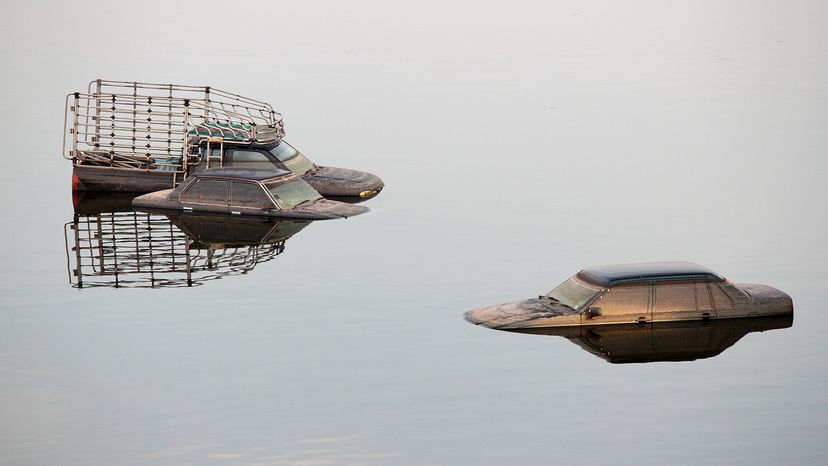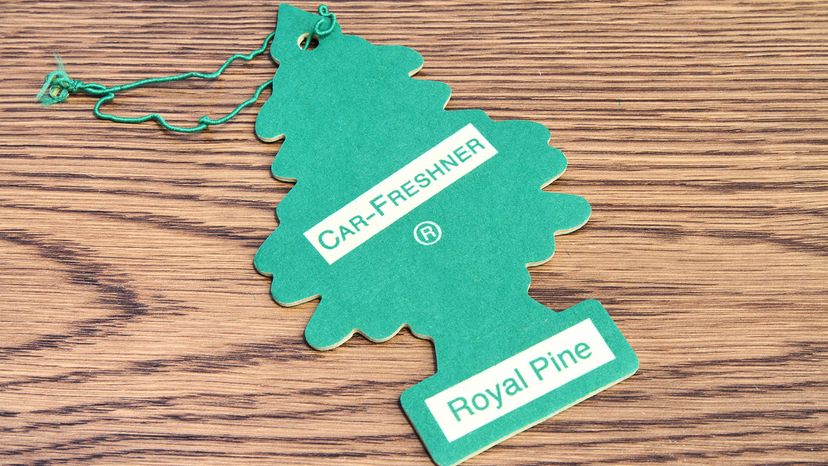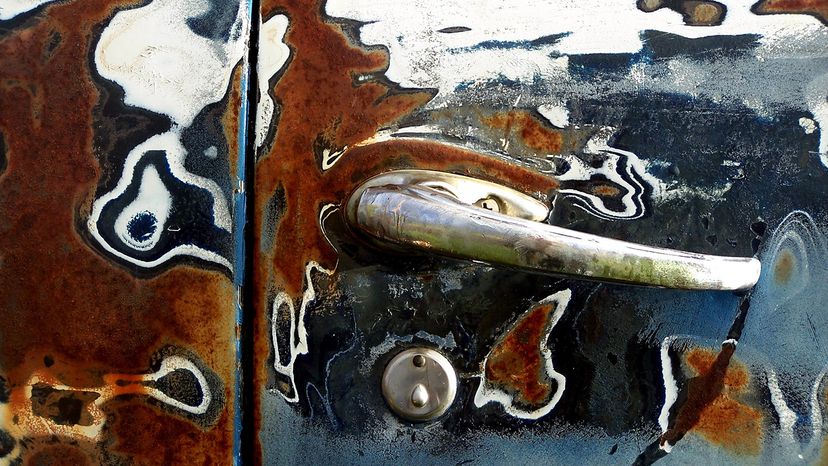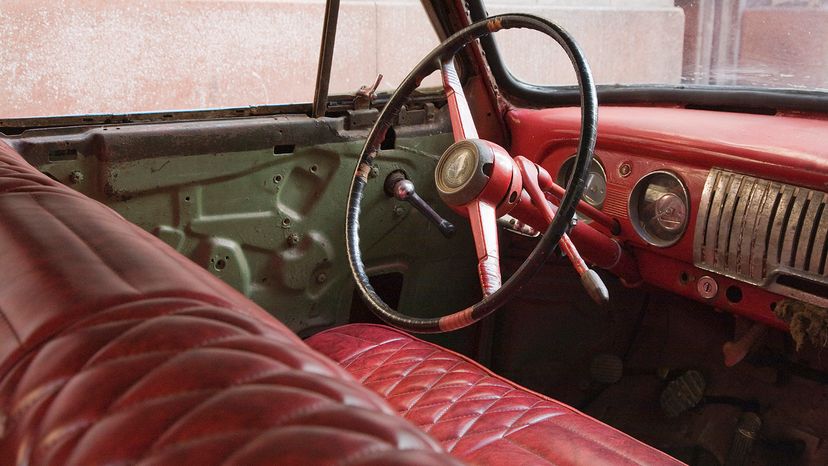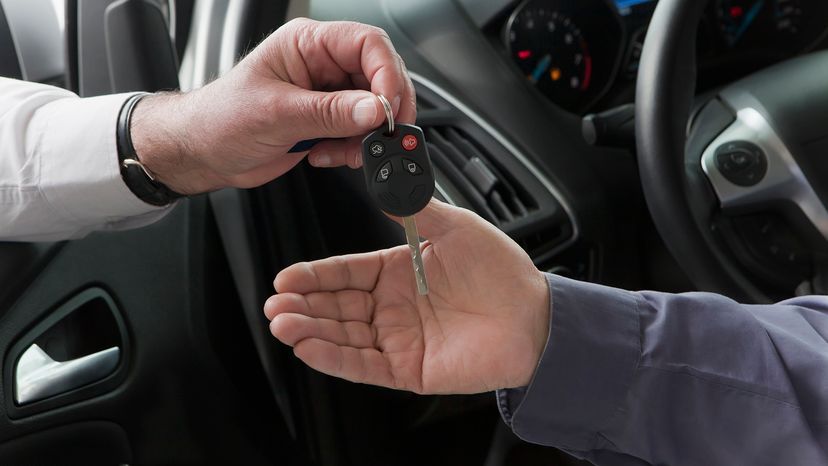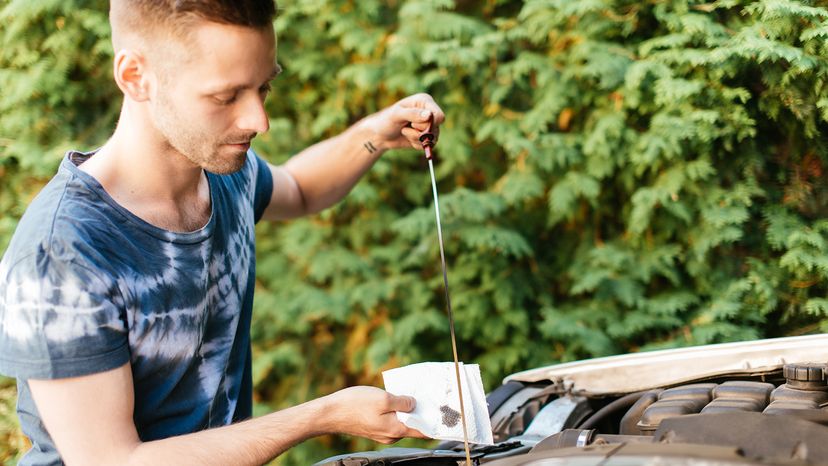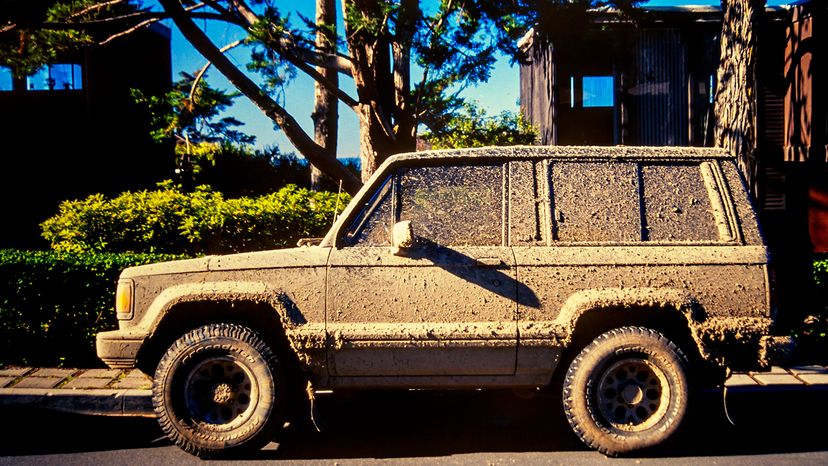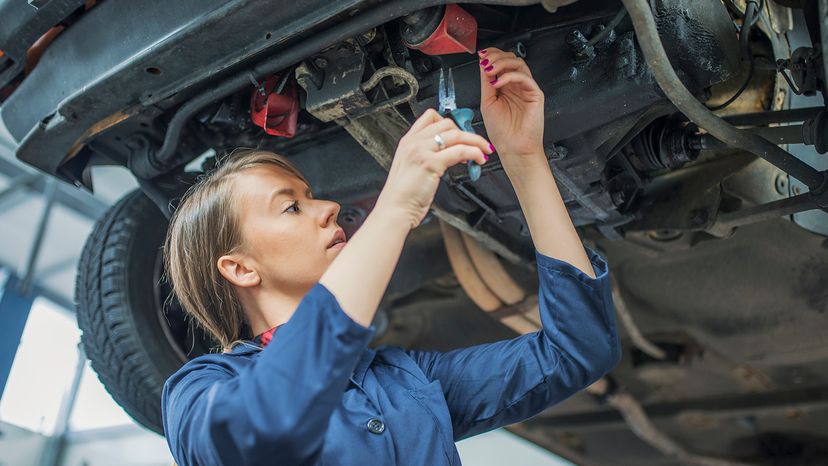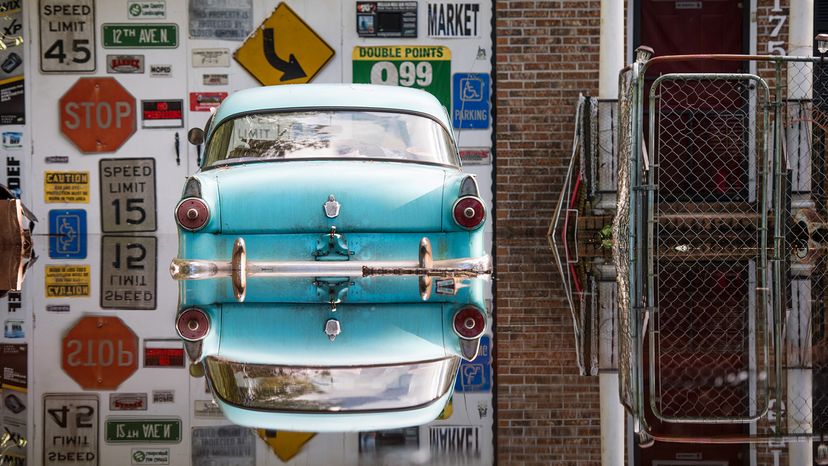
Floods have drenched much of the United States in recent years, with high water levels that ruined homes and businesses and dealt devastating losses to their owners. A less-publicized casualty of these natural disasters is the number of flood-damaged cars left behind, such as the estimated 500,000 cars that were damaged by Hurricane Katrina in 2005, or the estimated million that were damaged by Hurricanes Harvey and Irma in 2017 [sources: Insurance Information Institute, Donnelly].
When subjected to deep flood levels, soaked cars are often classified as totaled and are demolished. Some flooded automobiles, though, end up on used car lots. In fact, about half of the cars damaged in Hurricane Harvey were expected to get resold [source: Donnelly].
Advertisement
Buyers beware: Not all dealers are up front when a car has flood damage, and it can cost you. Even if a car looks good and seems to run fine, expensive problems can appear later as corrosion continues to creep inside critical components. Flood-damaged cars can also cost more than money: These automobiles can be dangerous to drive, and the results may even be fatal.
Unfortunately, flood-damaged vehicles can be hard to spot, but knowing the signs can help. Here are 10 ways to determine if a used car is a clean machine or a juicy lemon.
